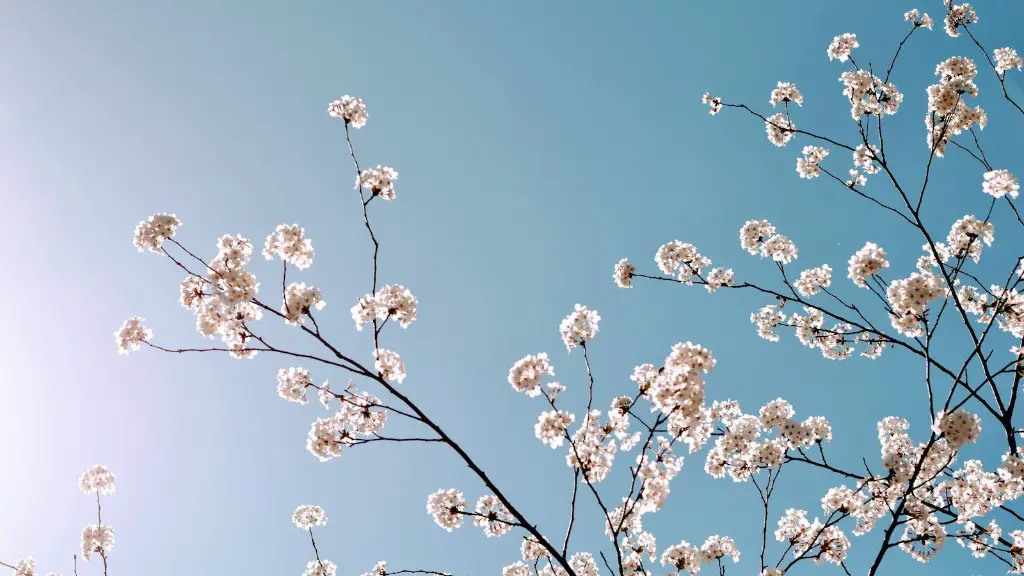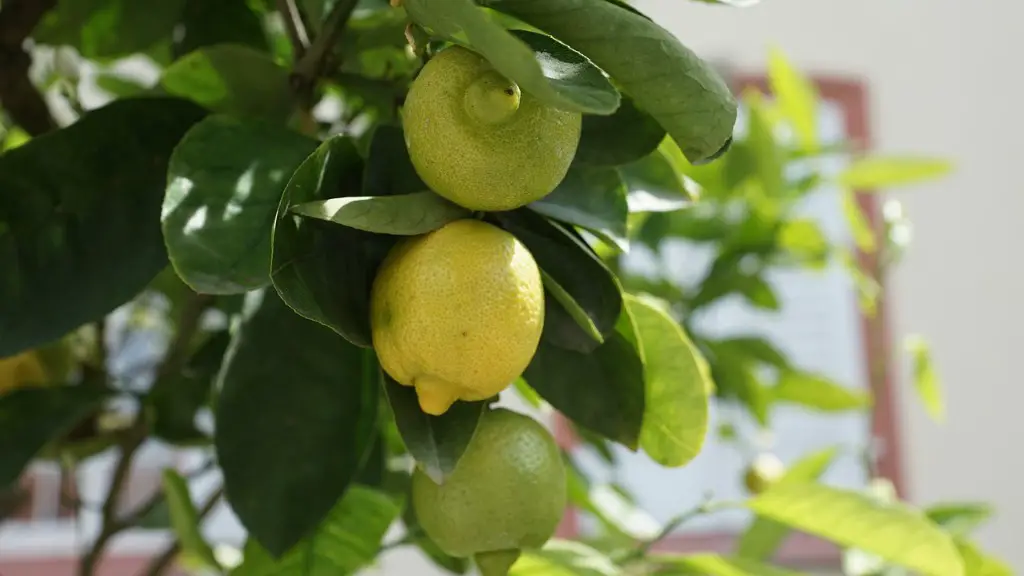Exploring the Different Types of Cherry Trees
Stately, showy and versatile, many gardeners choose cherry trees for a variety of reasons. From ornamental trees to fruit-bearing trees, there are many types of cherry trees to explore. Each type of cherry has its own special characteristics that make it an ideal choice for any number of the purposes.
Organic cherries, which are often the most desirable to most gardeners, are grown without the use of any chemical sprays, fertilizers, or pesticides. No matter which variety of cherry one chooses, a cherry tree can bring a unique beauty and grace to any yard. Indeed, there are various types of cherry trees that best suit various purposes.
Identifying a Cherry Tree
Seeing a cherry tree in full bloom is often an unforgettable experience, as the vibrant colors of the blooms make an impressive statement. For those that are unsure of how to identify a cherry tree, some of the common signs to look for should include dark green leaves with a leathery texture, arching branches, white or pink blooms which appear around mid spring, and fruits which come in clusters and ripen over the summer months.
Cherry trees range in size, and one should look for a trunk diameter up to thirty-five inches in diameter when selecting the type and size of a tree.
Care for a Cherry Tree
Cherry trees can be a good addition to any garden, providing shade, color, and beautiful fruit. However, keeping a cherry tree healthy and producing good yields of fruits can be a bit of a challenge. The best way to ensure a healthy tree is to start with the soil.
The soil should be slightly acidic, with good drainage and plenty of organic matter. Proper fertilization and pruning at the appropriate time of year are important for the health and yield of the tree, as is selecting the right planting site.
Cherry trees need six to eight hours of full sun each day, with protection from strong winds. Proper watering and mulching are essential to help the tree conserve moisture while protecting its roots. Most gardeners prefer watering deeply once a week, instead of daily light watering.
Harvesting Cherries
Harvesting cherries is somewhat of a special process, and like other fruit-bearing trees, it requires a combination of knowledge and skill. Generally, the signs of ripening cherries with look like a plump, glossy berry, that, depending on the variety, may vary in hue from yellowed to deep red.
The best time to pick cherries is in the morning, as the sun heats them up and brings out the flavor. It is wise for gardeners to pick over the tree a few times, as the fruit can ripen unevenly.
Storing Cherries
Once freshly picked, cherries can be stored at room temperature for up to four days or so. To store much longer, cherries can be frozen and will keep for several months. Cherries can also be made into preserves or jams, or simply eaten fresh.
For those that choose to freeze their cherries, it is important to wash the cherries, remove the stems and pack them in airtight containers or resealable freezer bags. If kept at zero degrees or below, frozen cherries should retain their flavor and juicy texture for up to a year.
Using Cherries in Cooking
An increasingly popular ingredient in many dishes around the Globe, cherries are often used in a variety of recipes ranging from desserts to savory dishes.
Cherries can be easily pitted for use in a variety of baked goods such as pies, tarts and cobblers. The sweet and sour flavors of cherries can also make an excellent addition to savory dishes, such as salads, stir-fry, or in poultry dishes. They can also be used in marinades and sauces, adding an unexpected flavor and texture to any main or side dish.
Using Cherries in Beverages
Cherries are not only used as an ingredient in cooking, they also make an excellent addition to drinks as well. Common uses of cherries in beverages range from garnishes in cocktails, shakes and smoothies, to adding flavor and sweetness to homemade teas and cordials.
Furthermore, steeping fresh or frozen cherries in cider and baking spices warm up an ordinary glass of apple cider and add a unique and dynamic flavor profile that carries a subtle hint of cherry.
Using Cherries for Health and Beauty
Out of the kitchen and pantry, cherries come with some added health and beauty benefits. Tart cherries, in particular, have been found to have anti-inflammatory properties and have been linked to aiding in relief from muscle soreness.
Cherries are also believed to help in reducing the signs of aging, thanks to the abundance of antioxidants found in the small fruit. Moreover, incorporating cherries into one’s beauty regimen has become increasingly common, with the use of cherry-infused masks, lotions, and oils now relevant in the beauty industry.
Using Cherries for Decoration
Cherries, in addition to being delightful to eat, can also add a unique sense of decoration when used as part of the decorating scheme. For example, cherries can be used as centerpiece decorations with vases filled with floating cherries in water.
In addition, cherries can also be frozen in ice cubes and used as a decorative addition to any cocktail or beverage. And of course, one can always decorate a cake or other sweet dishes with a few cherries for a festive and delightful touch.
Adding Cherries to the Garden
< Adding cherries to a garden can certainly be rewarding, whether they are used as ornamental trees, to give the garden a pop of color in the spring, or if they are bearing trees, to provide one with fresh and tasty fruit straight from the garden. That said, it is important to research the best type of cherry tree for one’s purpose and climate. Gardeners should also keep in mind that cherry trees can take a few years for the tree to bear fruit, so patience is the key here. Once a suitable tree is planted and a bit of TLC is provided, it is not long before the garden is in a full-blown cherry harvest.

